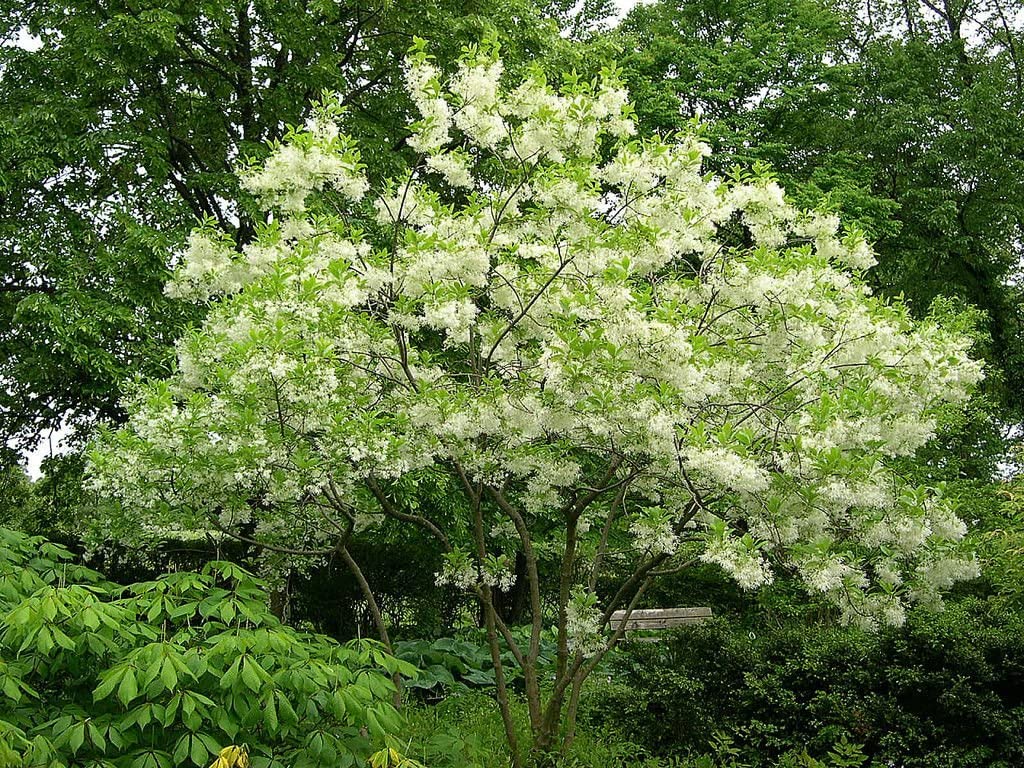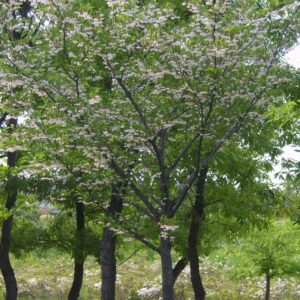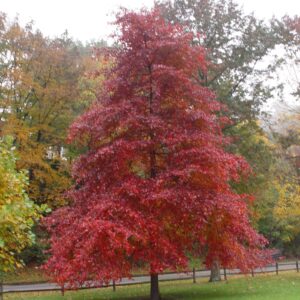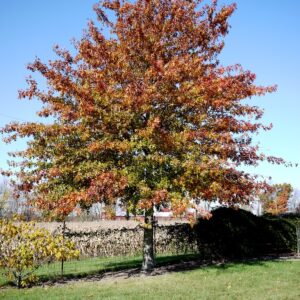Description
Fringe Tree Characteristics
Fringe Trees are popular ornamental trees that are especially attractive in full bloom. The clusters of soft white flowers nearly cover the tree in spring. Fertilized female flowers produce black berries that attract birds and other wildlife. These trees are native to riverbanks and wet locations.
As long as the soil is not overly saturated, they can help to absorb some wet spots above natural springs or along banks.
Fringe Trees have good resistance to blight and pests. These trees become more vulnerable to disease when the soil is too dry
-
USDA Climate Zone
Zones 3 - 9
-
Height
12.00 - 20.00
-
Spread
12.00 - 20.00'
-
Bloom Time
May - June
-
Water
Medium
-
Sun
Full Sun - Part Shade
-
Maintenance
Low
-
Deer Resistant?
No




